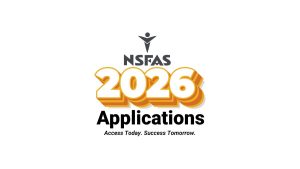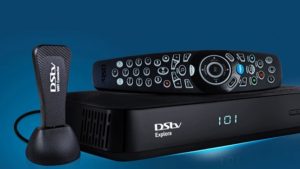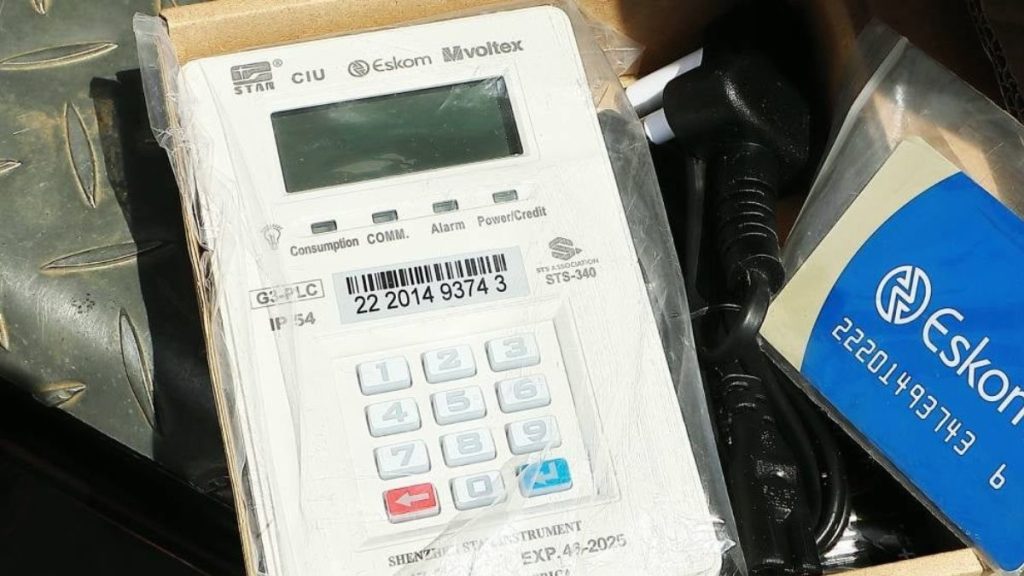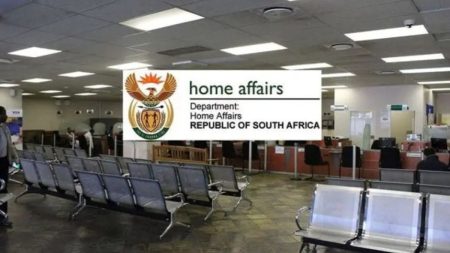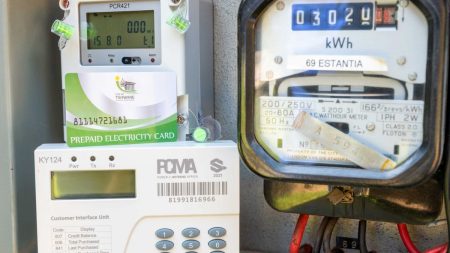South African households struggling to keep up with electricity, water, sanitation, and refuse costs will soon be able to apply for the 2026 utility subsidy programme. Managed through local municipalities and Eskom, these subsidies help low-income and indigent families by covering part or all of their monthly basic service charges.
If you plan to apply in 2025 for the 2026 cycle, preparation is key. Applications are often delayed or rejected because residents do not provide the correct documents. This guide gives you a step-by-step checklist of what you need, where to find it, and how to make sure your application is accepted the first time.
Who Qualifies for the 2026 Utility Subsidy?
Eligibility is determined at the municipal level, but the criteria are similar across South Africa:
Low-income households: Typically, families with a combined income below R3,500–R5,000 per month.
Indigent households: Those who depend on government grants, pensions, or are unemployed.
Residents in informal settlements and townships: Where services are billed at a flat rate or via prepaid meters.
Households with vulnerable members: Families with elderly persons, children under six, or people with disabilities often receive priority.
Tip: Check your municipality’s indigent policy online. Examples include City of Johannesburg Indigent Policy and City of Tshwane Indigent Support.
Why Documents Matter
Municipalities and Eskom must verify that you qualify before approving a subsidy. Without proper paperwork, your application may be rejected or delayed. Each document confirms one of three things:
Who you are (identity)
Where you live (residence and service connection)
What you earn (income verification)
Applications missing even one required document are often returned unprocessed.
Checklist: Required Documents for the 2026 Utility Subsidy
Below is a detailed breakdown of the documents you will need. Requirements are mostly the same across municipalities, though some may ask for extra forms.
1. Proof of Identity
You must prove your identity and that of everyone in the household.
Examples:
South African ID book or Smart ID card
Birth certificate (for children)
Temporary ID certificate (if awaiting an ID)
Why it’s needed: Verifies your identity, prevents fraud, and confirms the household composition.
Tips:
Make certified copies at a police station or Commissioner of Oaths.
For children without IDs, attach birth certificates.
2. Proof of Residence
This confirms that you live within the municipal boundary or Eskom supply area.
Examples:
Recent municipal bill (rates, water, or electricity)
Eskom prepaid meter slip with address
Lease or rental agreement
Ward councillor’s confirmation letter (for informal housing)
Why it’s needed: Ensures the subsidy goes to residents of the correct area.
Notes:
Bills must be recent, usually not older than 60 days.
Informal settlement residents should request a councillor’s or ward committee letter.
3. Proof of Income or Unemployment
Municipalities use income to determine whether you qualify as indigent.
Examples:
Payslips from the last three months
UIF (Unemployment Insurance Fund) letter
SASSA grant or pension confirmation
Sworn affidavit declaring unemployment
Why it’s needed: Confirms you meet income thresholds.
Tips:
If self-employed, provide bank statements or a signed affidavit.
Grant recipients should bring their SASSA card statement.
4. Utility Bill or Account Statement
This shows your household’s energy or water costs and account details.
Examples:
Latest electricity bill (municipal or Eskom)
Water, sanitation, or refuse bill
Prepaid electricity receipt showing meter number
Why it’s needed: Confirms that you are the account holder or live in a household receiving services.
Notes:
Tenants should provide a landlord’s letter confirming responsibility for utilities.
Crisis support requires a disconnection or termination notice.
5. Household Composition
Authorities must know who lives in the household to assess vulnerability.
Examples:
List of all household members (names, ages, ID numbers, relationship)
Birth certificates of children
Doctor’s note for disabled or chronically ill members
Why it’s needed: Larger households or those with infants/elderly may receive priority.
Tips:
Non-custodial children living with you at least half the time must also be listed.
6. Banking Information (Optional)
Some municipalities may request your banking details, especially if refunds or rebates are given directly.
Examples:
Voided cheque
Bank confirmation letter
Why it’s needed: To transfer subsidies directly if not credited to the utility account.
Note: Not always required, as many municipalities apply the subsidy directly to your municipal account.
Where to Get These Documents
Home Affairs: IDs, birth certificates, affidavits.
SASSA offices: Grant letters, pension verification.
UIF offices: Unemployment benefit confirmation.
Municipal customer centres: Account statements, indigent forms.
Ward councillor offices: Proof of residence letters (for informal settlements).
Police station: Certification of copies and affidavits.
You can also request some municipal services online. For example, City of Cape Town’s e-Services provides account statements digitally.
How to Apply for the 2026 Utility Subsidy
The process varies between Eskom customers and municipal customers.
Municipal Customers
Collect and complete the indigent subsidy application form (available online or at customer care centres).
Attach certified copies of all required documents.
Submit at your nearest municipal office, community service centre, or through online portals (if available).
Await notification (usually within 4–8 weeks).
Eskom Customers (Free Basic Electricity)
Visit your nearest Eskom office or customer centre.
Complete the Free Basic Electricity application form.
Submit proof of identity, residence, and household income.
If approved, you will receive 50–100 kWh of free electricity per month, depending on policy.
Submission options:
In person at service offices
Through ward councillors
Online uploads (scanned documents) where supported
Tips to Avoid Rejection
Certify everything: All copies must be certified by SAPS or a Commissioner of Oaths.
Stay current: Use documents issued within the last 30–90 days.
Check spelling: Make sure names and ID numbers match exactly.
Keep records: Retain copies of everything you submit.
Apply early: Many municipalities operate on a first-come, first-served basis with limited funding.
Deadlines for 2026 Applications
Applications open mid-2025 (most municipalities from July–September 2025).
Benefits apply in 2026, aligned to municipal financial years.
Some municipalities close indigent applications early if budget allocations are used up.
Examples:
City of Johannesburg: Applications typically open in August.
eThekwini (Durban): Opens July, closes when funds run out.
Cape Town: Accepts ongoing applications but only applies benefits at the next billing cycle.
Check also: Application Process for a Housing Subsidy in 2025
Applying for the 2026 utility subsidy is one of the most effective ways for low-income households to reduce the cost of electricity, water, sanitation, and refuse removal. By preparing all the correct documents, proof of identity, residence, income, utility bills, and household composition, you can avoid delays and rejections.
Start gathering your paperwork now so that when applications open in mid-2025, you’re ready to apply immediately.
Have you successfully applied for an indigent subsidy before? Share your experience or tips with other households in the comments.


